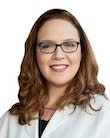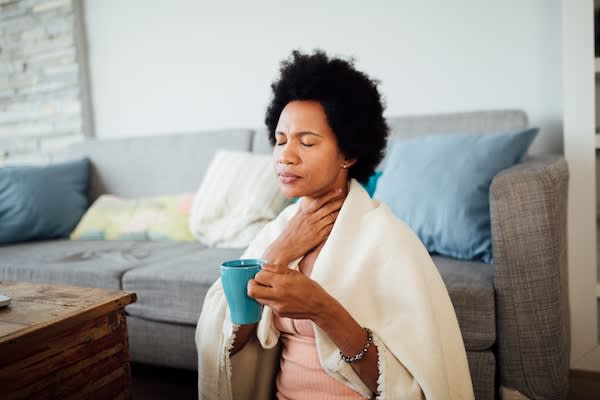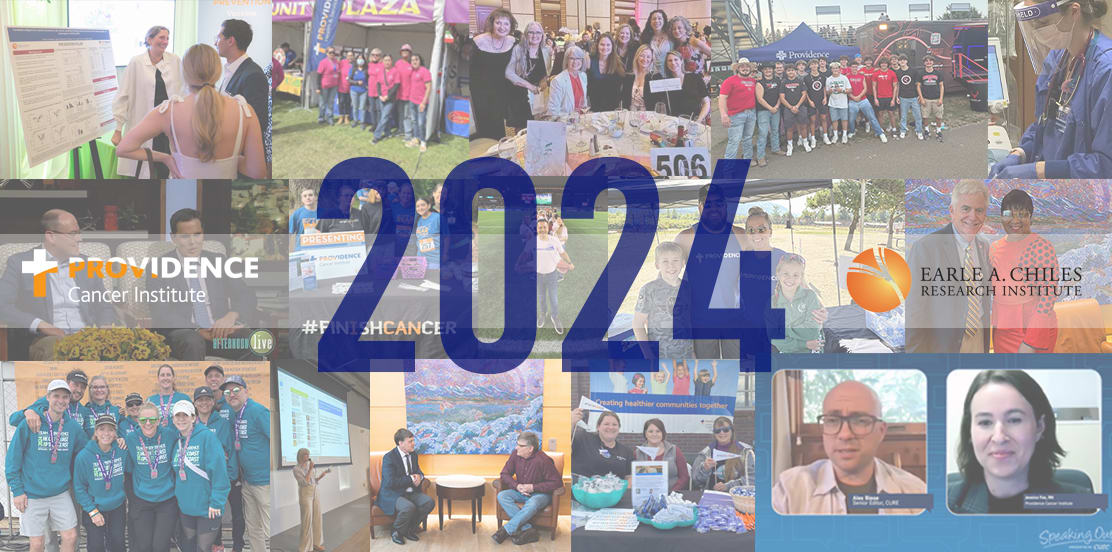There’s always something new to learn about breast cancer

[5 MIN READ]
In this article:
-
One woman in eight will be diagnosed with breast cancer during her lifetime.
-
Because more younger women are receiving breast cancer diagnoses, researchers now recommend mammography starting at age 40.
-
In many cases, women can detect breast cancer before it manifests as a lump.
It’s the time of year when pink is everywhere — on ribbons, in drinks and all over billboards. Breast Cancer Awareness Month in October is perhaps the most recognized cancer awareness effort in the United States. But even when you think you know everything there is to know about this type of cancer, there’s more information available — and updated recommendations to pay attention to. Here’s a rundown on important facts about breast cancer, information about screenings and some of the most common myths about the disease.
About breast cancer
Breast cancer is a type of cancer that starts in one or both breasts. While most breast lumps are non-cancerous, it’s important to get them checked out so you can make sure they’re not cancerous.
Here are some more important facts about breast cancer:
- It’s the most common cancer in women in the U.S., except for skin cancers. The American Cancer Society estimates that more than 310,000 new cases of breast cancer will be diagnosed in women in 2024. One woman in eight will be diagnosed with the disease in her lifetime.
- You can control some risk factors for breast cancer. “Regular exercise and eating a healthy diet are known to reduce both risk of getting breast cancer and of its recurring,” says Providence breast surgeon Lorena Gonzalez, M.D. “And, of course, practicing abstinence from smoking and moderate alcohol intake — no more than two or three glasses of wine a week.”
- However, there are some risk factors you can’t control. One of those is being female. Others include starting menstruation before age 12 or entering menopause after age 50. Women who have never given birth are also at a higher risk.
- You are the person who ultimately gets to choose the kind of care you receive for breast cancer. Those decisions can include whether or not to have your breasts removed and how far you want to go with treatment options. “I’m about empowering the patient to make her own decision,” says Dr. Gonzalez. “The best thing we can do is to provide education.”
Breast cancer screening recommendations
Over the last decade, researchers have noted that breast cancer incidences are increasing by 0.3% to 0.5% per year. While that increase may seem concerning, it’s not as bad as it looks, says Angelena Crown, M.D., a Providence Swedish breast surgeon. “We really think that it's mostly attributed to improvements in screening and detection, rather than a true increase in the rate of the disease,” she says.
While the average age for breast cancer is approximately 63, about 10% of new diagnoses are in women younger than 45. “That’s a lot of really young women with breast cancer,” says Dr. Crown.
In response to those numbers, the U.S. Preventive Services Task Force now recommends that women begin mammograms at age 40 and continue that early detection screening until they are at least 74.
Breast cancer: Fact or myth?
In a recent episode of Providence’s Talk with a Doc podcast, Dr. Crown cleared up several common questions about breast cancer in a “Fact or Myth?” segment. Here are some of the most interesting answers:
A lump always accompanies breast cancer.
Dr. Crown: Myth. While we do find breast cancers as lumps, particularly in young patients, we actually hope to be able to detect cancer before it forms a lump. That’s why screening is so important.
Breastfeeding can lower a woman’s risk of developing breast cancer.
Dr. Crown: Fact. “We know that breastfeeding in life does reduce our overall long-term risk of breast cancer,” she says. However, the five years after pregnancy is a time of high breast cancer risk for young women, she points out. So pregnancy and breastfeeding increase your risks when you’re young, but they can decrease your risk over the long term, she says.
A mammogram can cause cancer cells to spread.
Dr. Crown: Myth. “Mammograms emit exceptionally low doses of radiation these days,” she says.
Sleeping in a bra or wearing one for too long can cause breast cancer.
Dr. Crown: Myth. “On the contrary, bras can really help with breast pain by providing extra support. If you like wearing bras and they’re comfortable for you, go for it. If you don’t want to wear a bra, you don’t have to wear a bra. But it’s not going to impact your cancer risk,” she says.
Only people who are assigned female at birth can get cancer.
Dr. Crown: Myth. “About 1% of breast cancers are diagnosed in men. It's an uncommon diagnosis, but a very lonely one. Men might feel out of place at some of the support groups that many women find helpful. There are certain genetic mutations that put men at a higher risk of developing breast cancer,” she says.
Because there is so much research surrounding breast cancer, there are always new facts to learn. Keep an eye on the latest screening recommendations — and don’t forget to schedule your mammogram if you are 40 or older!
Contributing caregivers

Lorena Gonzalez, M.D., is a breast surgeon at Providence in Torrance, California.

Angelena Crown, M.D., is a breast surgeon at Providence Swedish in Seattle, Washington.
Find a doctor
If you are looking for a Providence breast cancer surgeon, you can search for one in our provider directory.
Download the Providence app
It’s all in the app: easily stay connected with Providence and your health. With the Providence app, you can schedule appointments, have virtual visits from the comfort of your own home, get health recommendations personalized for you, access your health records and so much more. Learn more and download the app.
Related resources
Breast cancer + eating for optimal health
Breast health, the genetics of breast cancer + outsmarting it
Choosing knowledge helped one woman take charge of her health
Why regular health checks are vital for women in their 40s
Genetic testing helped one woman and her family find answers
This information is not intended as a substitute for professional medical care. Always follow your health care professional’s instructions.



